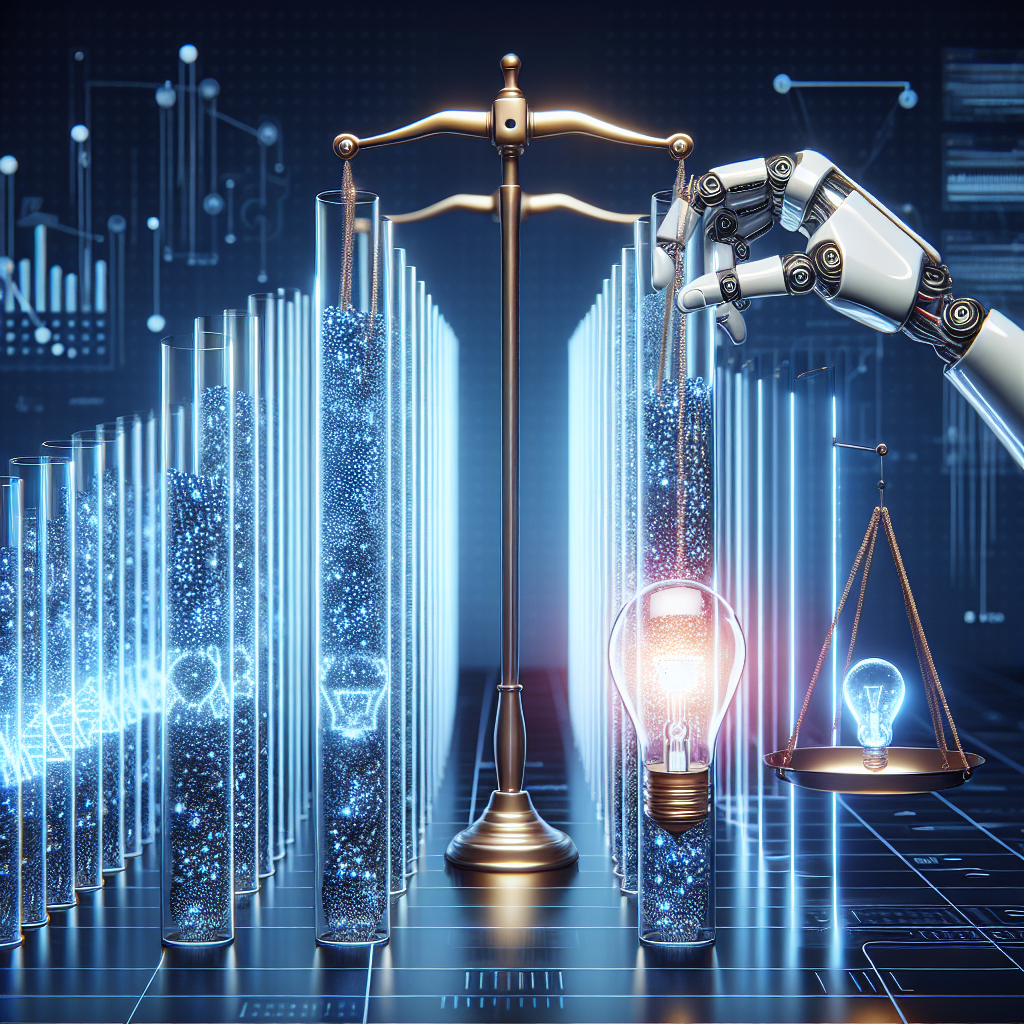In the swiftly changing realm of artificial intelligence (AI), navigating the shift from data to decisions often presents significant challenges, especially regarding bias. As AI systems play an increasingly crucial role in sectors like finance, healthcare, and law enforcement, it is essential to understand and mitigate bias effectively. This article explores the origins of AI bias, its consequences, and approaches to foster more equitable AI solutions.
Understanding AI Bias
AI bias occurs when machine learning models yield consistently prejudiced outcomes, typically due to flawed data or design. This bias can appear in various forms, including:
-
Data Bias: Frequently stemming from historical data that mirrors existing inequalities. For example, if an AI system is trained on hiring data from a predominantly male workforce, it may unwittingly reinforce gender bias.
-
Algorithmic Bias: This type arises from the structure of the algorithms themselves. If certain features are prioritized by the algorithms, they may unjustly favor specific groups in the absence of adequate oversight.
- Human Bias: The biases held by developers and data scientists can unintentionally infiltrate AI systems, affecting decisions related to data selection, feature engineering, and model evaluation.
The underlying causes of AI bias are complex and can have harmful effects, leading to discriminatory results and reinforcing societal inequalities.
The Implications of AI Bias
The repercussions of biased AI can be extensive:
-
Societal Impact: Biased algorithms can result in inequitable treatment across various fields. For instance, biased credit scoring models may deny loans to marginalized communities, worsening economic disparities.
-
Legal Ramifications: With increasing scrutiny from regulators, organizations face potential legal consequences for employing biased systems. Courts are starting to view biased AI outputs as breaches of anti-discrimination legislation.
- Reputation Damage: Companies are at risk of reputational harm if found complicit in biased practices. Public trust is vital, and even a hint of unfairness can adversely affect customer loyalty and brand reputation.
Strategies for Addressing AI Bias
-
Diverse Data Collection: Ensuring that training datasets accurately reflect the populations they serve is fundamental. Gathering a diverse range of data not only improves model accuracy but also minimizes the potential for bias.
-
Bias Detection and Mitigation: Establishing rigorous testing frameworks can help spot bias prior to deployment. Techniques like adversarial testing and fairness metrics can assess models against varied demographic groups.
-
Inclusive Design Processes: Involving diverse teams in the creation of AI models offers varied viewpoints and lowers the risk of bias. This approach includes engaging ethicists, sociologists, and community representatives in the design phase.
-
Transparency and Accountability: Organizations should emphasize transparency by providing comprehensive documentation of model functionality and data usage. Additionally, establishing accountability structures ensures stakeholders are responsible for AI system decisions.
- Continuous Monitoring: Ongoing surveillance post-deployment is vital for detecting and correcting biases that may surface over time. Regular monitoring allows organizations to adapt to evolving social norms and enhances the long-term effectiveness of AI systems.
The Road Ahead
As AI continues to rise in importance across various industries, addressing bias transcends technical challenges and becomes a moral necessity. Organizations must take a proactive approach to tackle this issue. By prioritizing ethical considerations and implementing effective strategies, we can unlock the full potential of AI while promoting fairness and equity.
In our transition from data to decisions, cultivating an inclusive approach will not only enhance AI effectiveness but also contribute to a more equitable society. By taking thoughtful measures to reduce AI bias, we can ensure that technology acts as a means of empowerment rather than a perpetuator of inequality.

